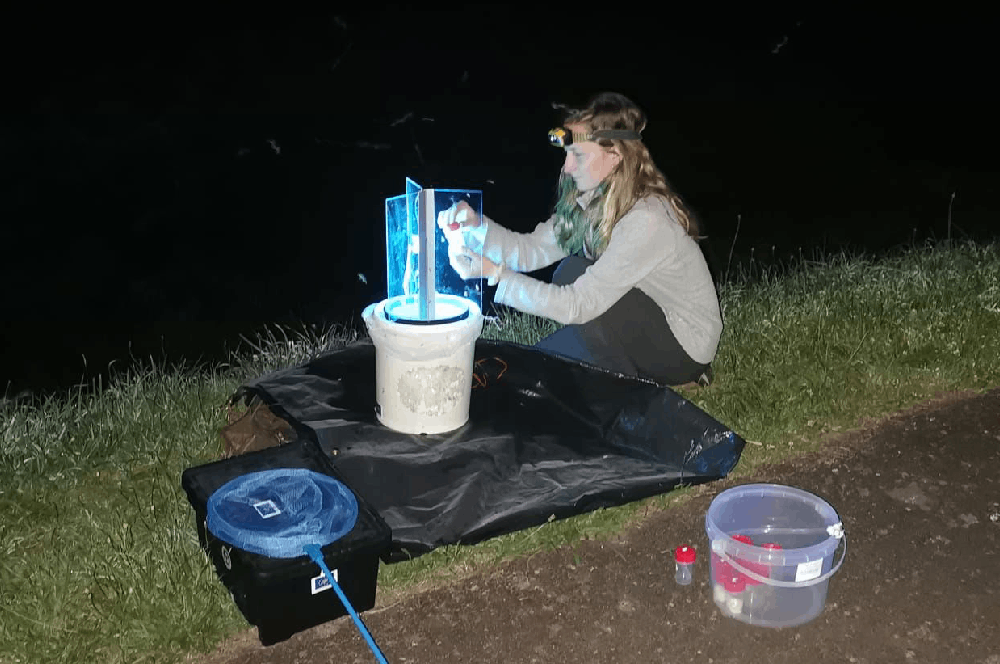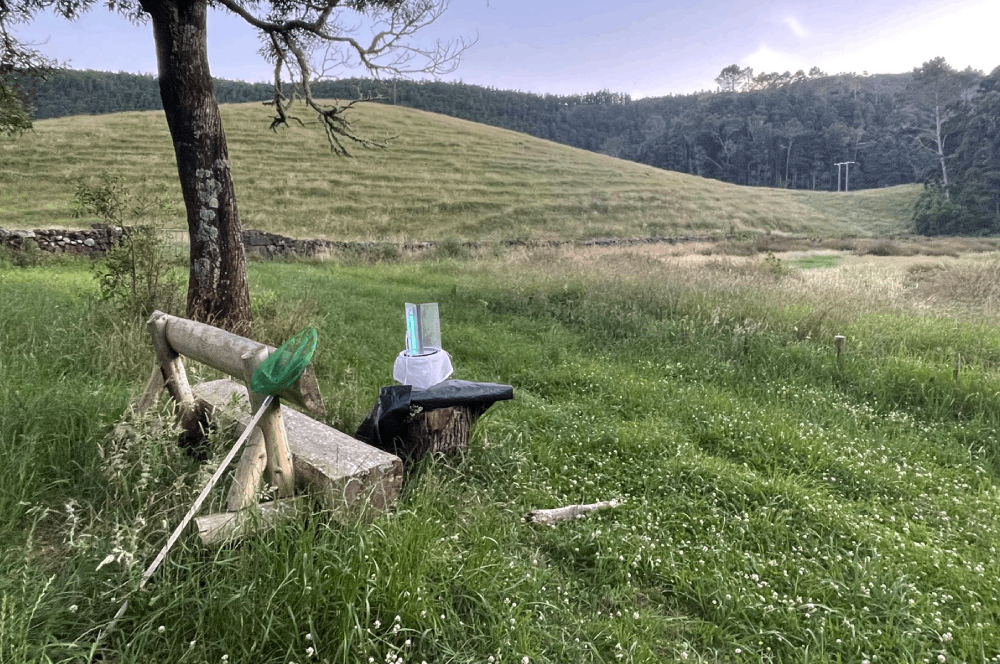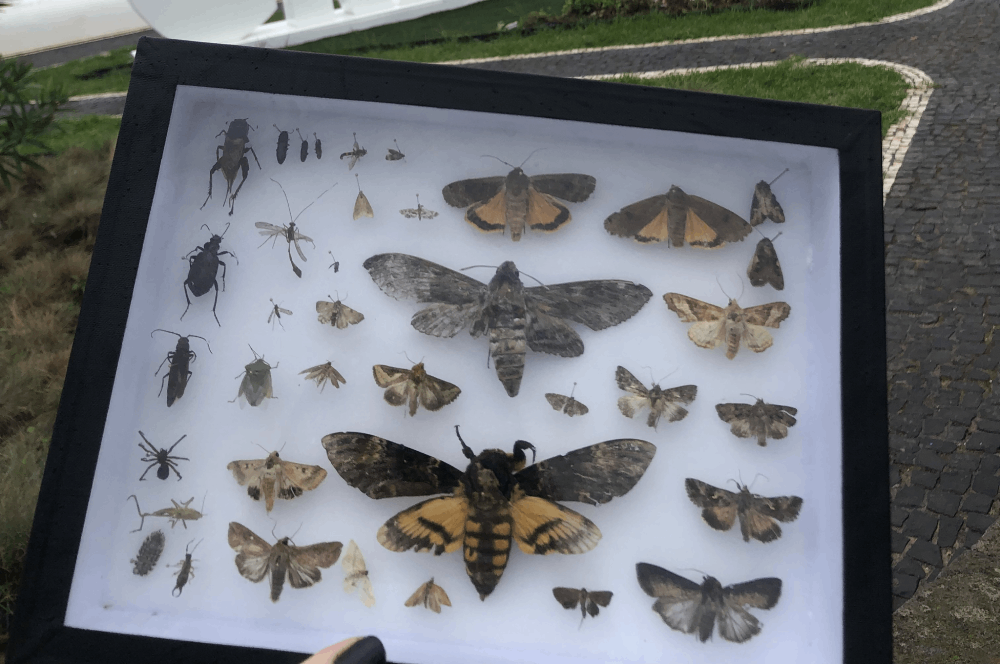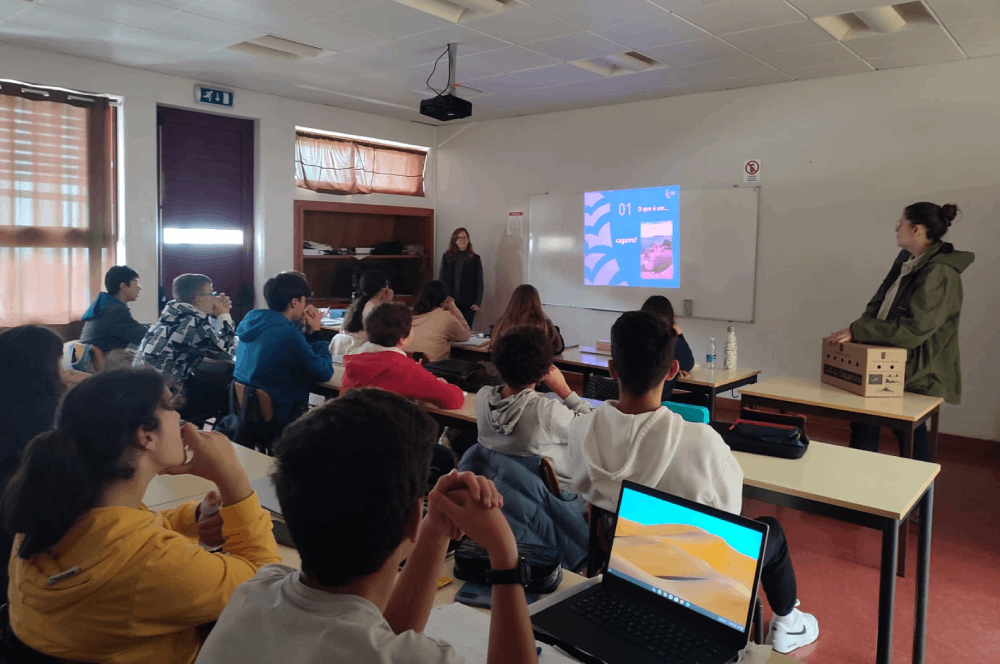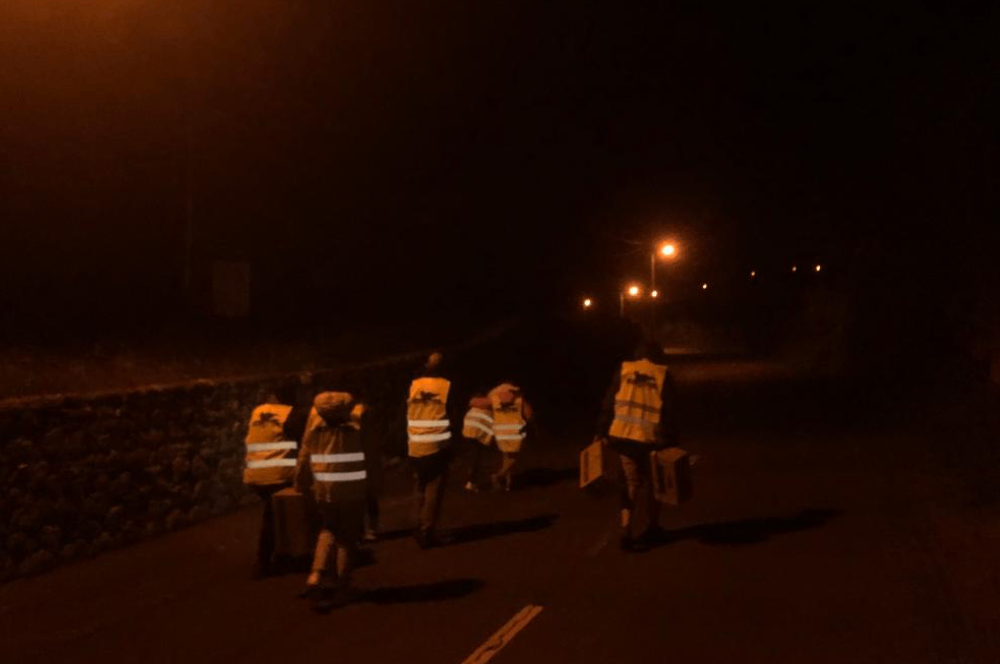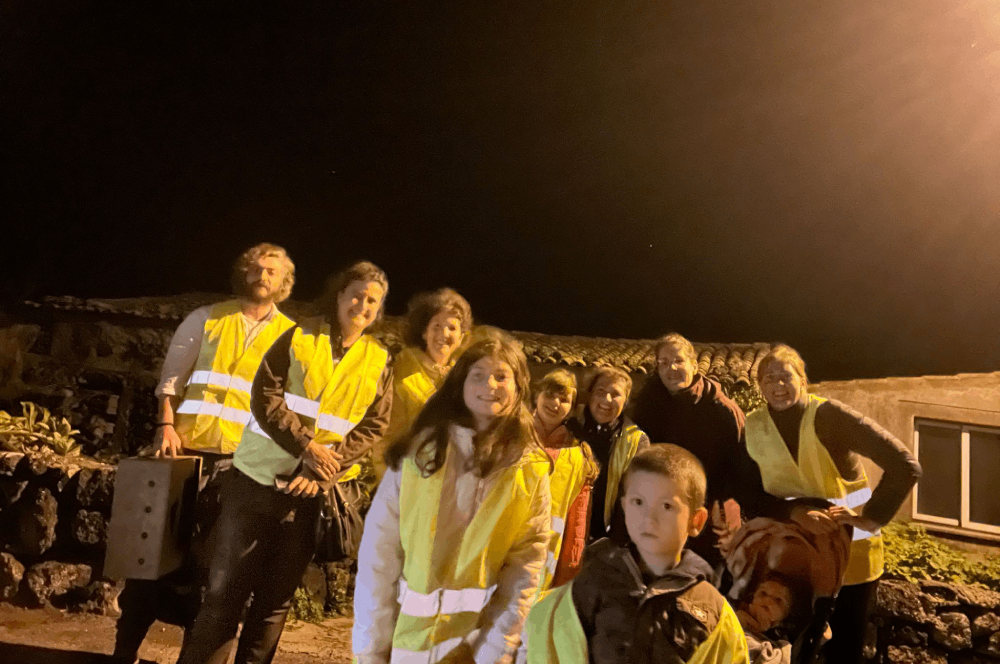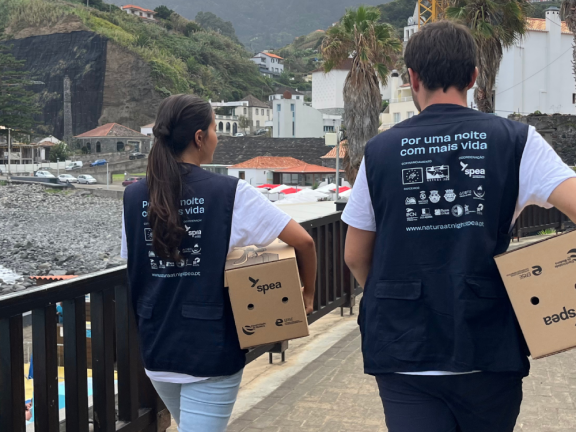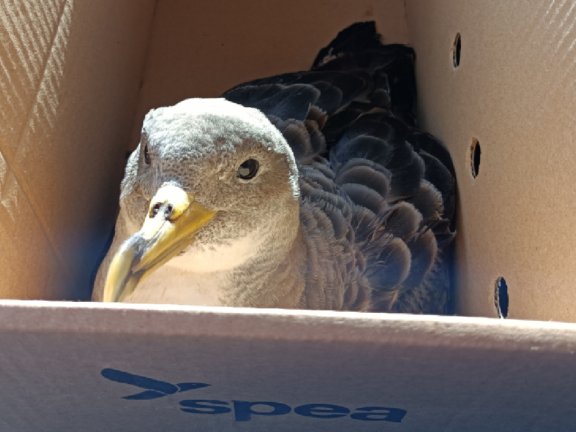The SPEA Azores team was last summer in the wonderful white island, the island of Graciosa in the Azores. The work was carried out from 18 July to 5 August and was supported by the Graciosa Environment and Climate Change Service and the Municipality of Santa Cruz de Graciosa.
This fieldwork involved a total of 14 sampling points to carry out an inventory of the nocturnal insect communities of the Natura 2000 network on this island, and 3976 specimens were collected.
On all nights when sampling was carried out, between 21h00 and 01h00, and preferably during the new moon period, two methodologies recommended by Prof. Virgílio Vieira, specialist in the main order of insects studied in this project, the lepidoptera, to which the diurnal and nocturnal butterflies belong, were used: light traps and winerope.
An entomological collection of some of the most representative insects that were collected in the Natura 2000 Network areas of Graciosa was carried out, and a box was offered to the Municipality of Santa Cruz de Graciosa.
During the season of seabird rescue campaigns, between October and November, awareness-raising sessions on the impact of light pollution and systematic brigades to rescue Cory’s shearwaters (Calonectris borealis) were held in the locality of Carapacho. All actions were carried out in partnership with the Municipality of Santa Cruz da Graciosa (CMSCG) and the Graciosa Island Natural Park (SAACG).
The first systematic rescue brigades in the scope of the Natura@night project took place on the same days and at the same time of the night in all the municipalities of the three archipelagos involved in the project.
During these nights, SPEA relied on very important help from volunteers to play a crucial role in the survival of these animals.
Some results of these weeks
– 4 km walked daily, for a total of 52 km.
– 27 Cory’s Shearwater rescued.
– 11 local volunteers involved.
In addition to the said rescue brigades and other awareness-raising actions, we were able to conduct face-to-face surveys on light pollution among the local population.
Finally, very special thanks to all the volunteers of the brigades and the people who volunteered to carry out the survey.
